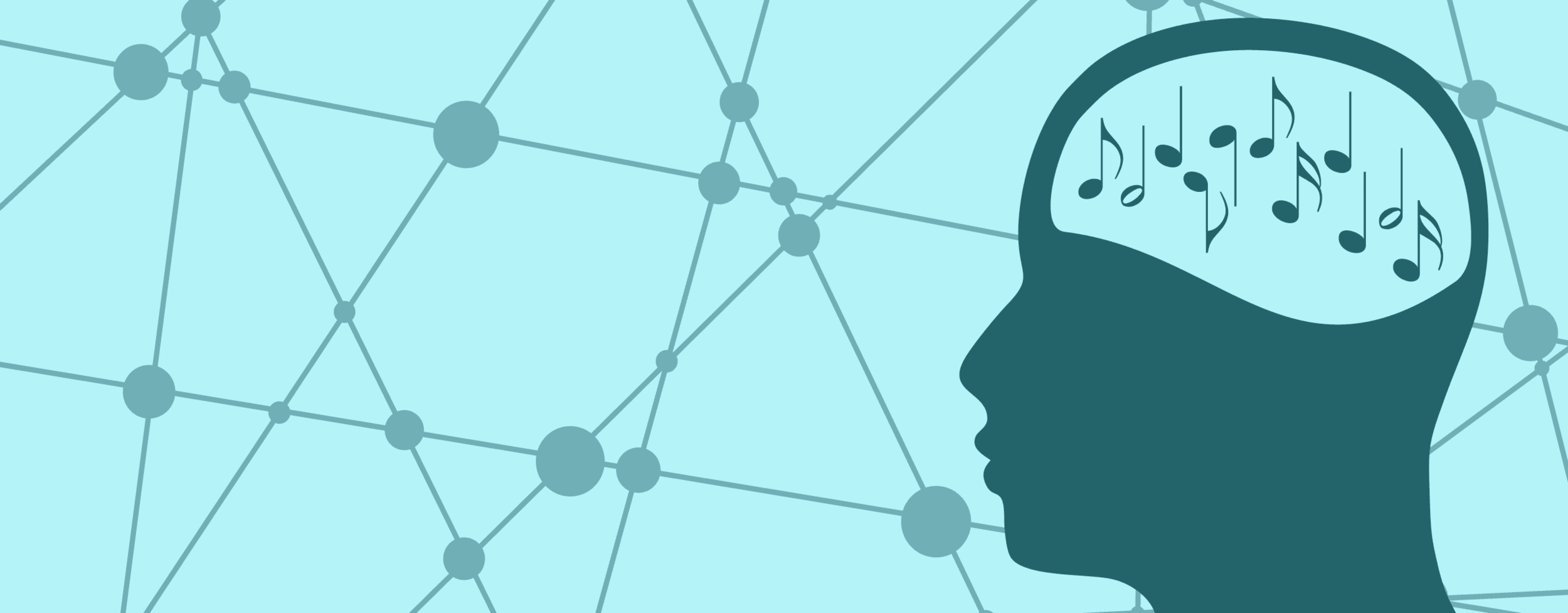The Musical Brain
This novel study of jazz players shows how common brain circuitry processes both music and language.Johns Hopkins
Source →The brains of jazz musicians engrossed in spontaneous, improvisational musical conversation showed robust activation of brain areas traditionally associated with spoken language and syntax, which are used to interpret the structure of phrases and sentences. But this musical conversation shut down brain areas linked to semantics - those that process the meaning of spoken language, according to results of a study by Johns Hopkins researchers.
The study used functional magnetic resonance imaging (fMRI) to track the brain activity of jazz musicians in the act of "trading fours," a process in which musicians participate in spontaneous back and forth instrumental exchanges, usually four bars in duration. The musicians introduce new melodies in response to each other's musical ideas, elaborating and modifying them over the course of a performance.
The results of the study suggest that the brain regions that process syntax aren't limited to spoken language, according to Charles Limb, M.D., an associate professor in the Department of Otolaryngology-Head and Neck Surgery at the Johns Hopkins University School of Medicine. Rather, he says, the brain uses the syntactic areas to process communication in general, whether through language or through music.
Limb, who is himself a musician and holds a faculty appointment at the Peabody Conservatory, says the work sheds important new light on the complex relationship between music and language.

